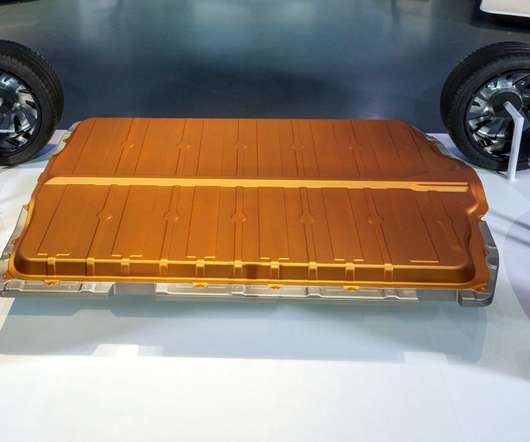Can We Extend the Life of EV Batteries and Reduce Fire Risks?
Clean Fleet Report
DECEMBER 15, 2022
EVs reduce carbon emissions and dependence on fossil fuels, but the lithium-ion batteries that power them suffer from an image problem. Although they’re less likely to catch fire than internal combustion engine vehicles, Li-ion battery fires burn hotter, faster and longer than gasoline fires. New Technology; New Advances.
















Let's personalize your content